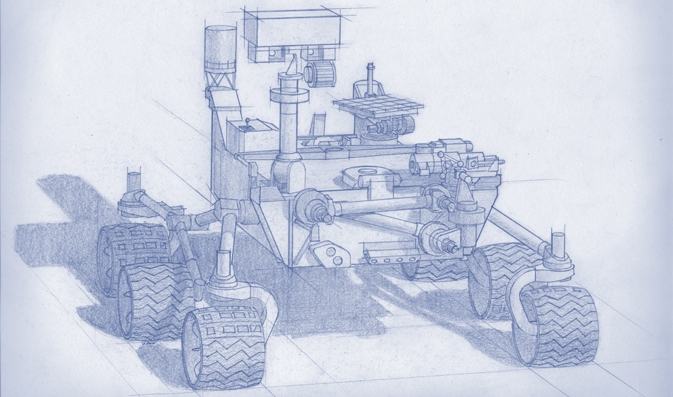NASA has defined a range of tasks for the successor to Curiosity

Despite the fact that the mission of the Curiosity rover is still far from completion, NASA is already thinking about the "kind of continuer" of the rovers, and the tasks for it. So, the main task for this device will be research and, most importantly, the collection of samples of Martian sediments. Sampling is not so much for research on Mars itself, by the forces of the rover, but for their delivery to Earth, with subsequent study in terrestrial laboratories.
This rover will pay maximum attention to the sediments that formed during the "warm period" when the seas were on the surface of Mars. 31 points of Mars are scheduled for the study, from where samples will be taken (approximately 300-400 grams from each point). The most interesting thing is that the approximate plan for collecting samples by the rover is ready, but there is no plan for the delivery of the collected material to Earth. Probably, the coming years will be devoted to the elaboration of precisely these details.
')
Another interesting point is the structure of the rover - the fact is that it will consist mostly of components and parts, which were developed for Curiosity. Thus, this will reduce the cost of developing the device, from $ 2.5 billion to $ 1.5. Among other things, scientists will have to reduce the number of scientific equipment, as well as simplify some analytical modules.
It is necessary to save, since the funds for NASA have been cut down, which was already known earlier. At Curiosity installed scientific equipment of nearly 2 billion US dollars. But on the new rover equipment will put only 100 million. There will be no mass spectrometer or some other nodes. But it will be installed ultraviolet spectrometer, capable of detecting organic matter.
And most importantly - a new expedition to Mars is scheduled for 2020.
Via nasa
Source: https://habr.com/ru/post/186166/
All Articles